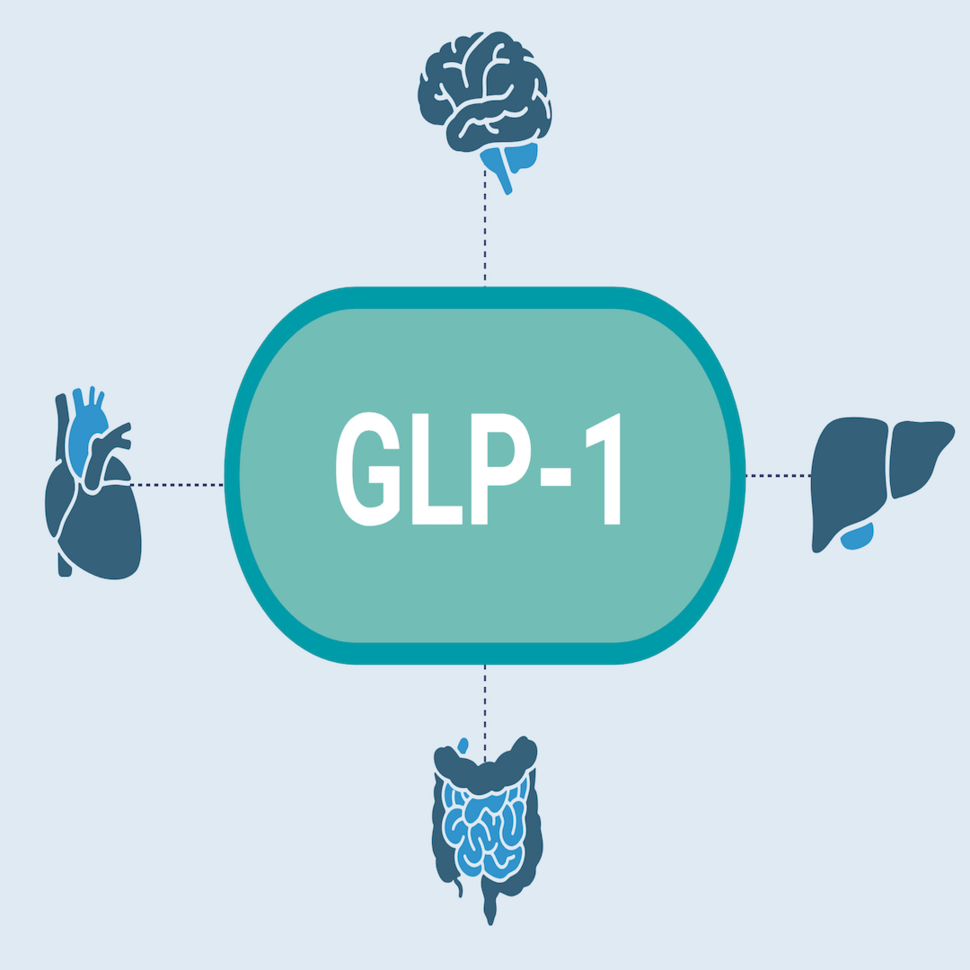
GLP1: A Guide
Nov 23, 2023In the complex world of human physiology, GLP-1 (Glucagon-Like Peptide 1) has emerged as a fascinating key player. This naturally occurring hormone, primarily secreted in the small intestine, plays a pivotal role in regulating blood sugar levels and satiety. Let's delve into the intricacies of GLP-1, exploring its functions, mechanisms, and its significance in the context of health and wellness.
Origin and Secretion: GLP-1 is produced in the L cells of the small intestine and released into the bloodstream in response to nutrient intake, particularly glucose. This secretion is part of a finely tuned system that helps the body manage the influx of nutrients after a meal.
Regulation of Blood Sugar: One of the primary functions of GLP-1 is its role in blood sugar regulation. It stimulates the pancreas to release insulin, which, in turn, facilitates the uptake of glucose by cells for energy. Additionally, GLP-1 inhibits the release of glucagon, a hormone that increases blood sugar levels, creating a dual effect on glucose homeostasis.
Satiety and Weight Management: GLP-1 also acts on the brain to induce feelings of fullness and satiety. This appetite-suppressing effect makes it an intriguing target for weight management and obesity treatment. Pharmaceuticals that mimic or enhance the action of GLP-1 are being developed as potential therapies for obesity.
Slowing Gastric Emptying: GLP-1 slows down the rate at which the stomach empties its contents into the small intestine. This delay in gastric emptying contributes to the overall regulation of nutrient absorption, aiding in blood sugar control and providing a sustained release of nutrients over time.
Cardiometabolic Benefits: Beyond its role in glucose metabolism, GLP-1 has been associated with cardiometabolic benefits. Studies suggest that it may have a positive impact on cardiovascular health, potentially reducing the risk of cardiovascular events in individuals with diabetes.
Clinical Applications
GLP-1 Receptor Agonists: Pharmaceuticals known as GLP-1 receptor agonists have been developed to harness the therapeutic potential of GLP-1. These drugs are used in the management of type 2 diabetes and obesity. By mimicking the action of GLP-1, they help regulate blood sugar levels and promote weight loss.
Diabetes Management: GLP-1-based therapies have shown promise in the management of diabetes. By enhancing insulin secretion and reducing glucagon levels, these treatments contribute to better blood sugar control. Moreover, the weight-loss benefits can be particularly advantageous for individuals with diabetes who may also struggle with obesity.
Browse our GLP-1 products here!
Image made with biorender.com.